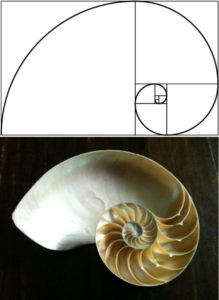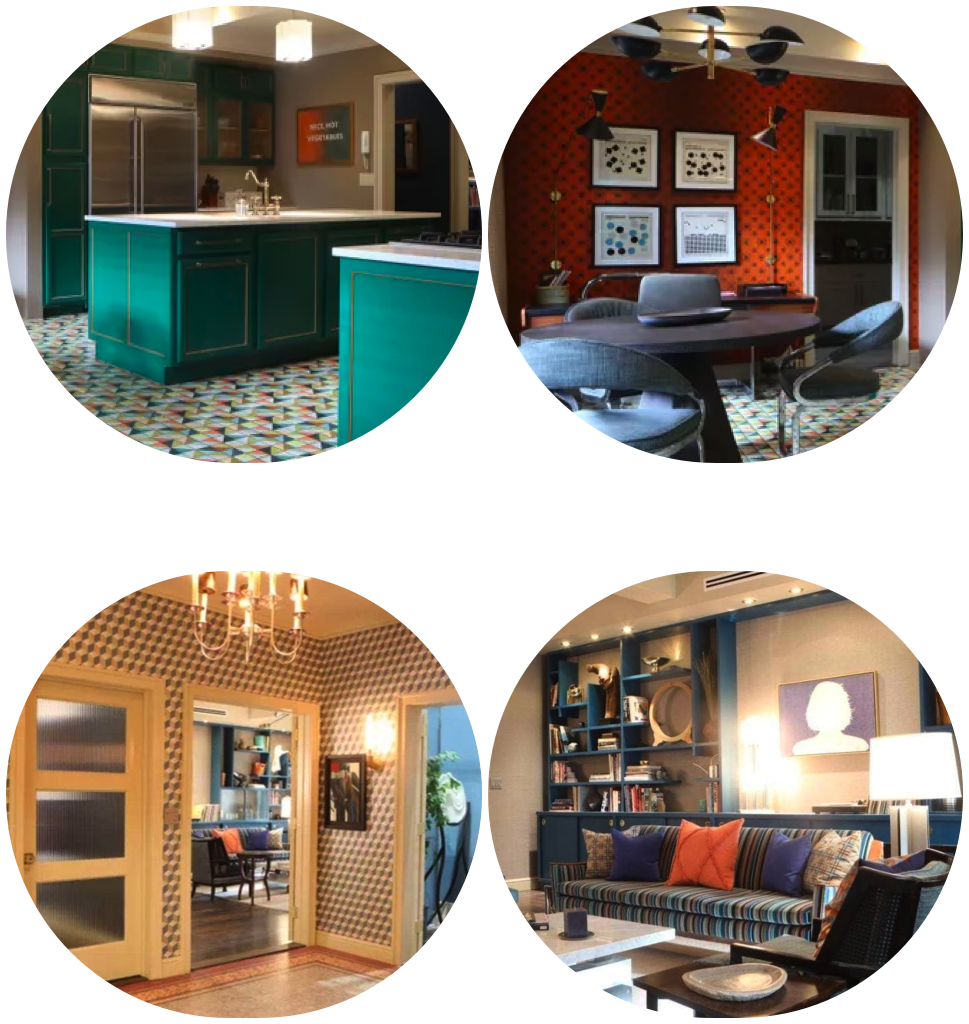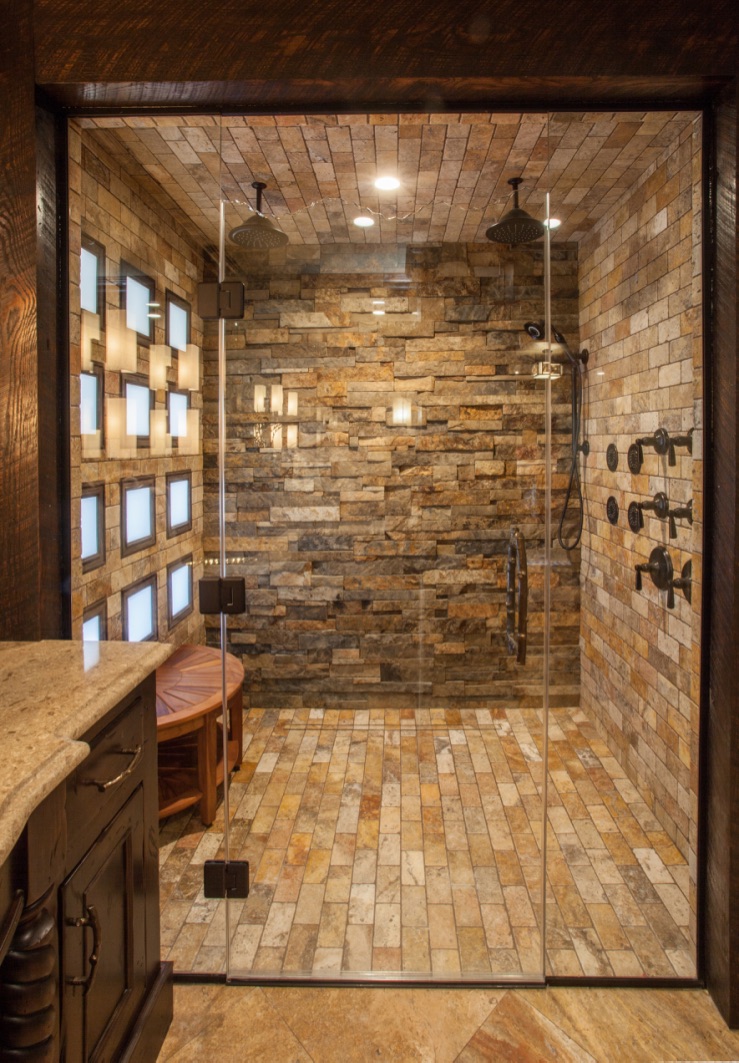If you have found yourself drawn to any of the apartments in "Only Murders in the Building", it probably says something about your personality. Check out what the design styles of Charles-Haden Savage, Oliver Putnam, or Mabel Mora says about you!
The secret to accessorizing is all about math…
Pop quiz: Who knows what the “golden ratio” is? Better yet, who has even HEARD of the golden ratio?
In school, I was much more interested in the arts and music than I was in math and science. But apparently when I was working with visually appealing scale in design, whether in space planning or accessorizing, I was unconsciously using this ancient mathematical principle. This is fascinating to me, whether I understand it or not.
In a nutshell, the Golden Ratio is if the ratio of the sum of the quantities to the larger quantity is equal to (=) the ratio of the larger quantity to the smaller one.
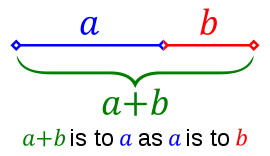
Confused yet? I’m sure you’ve heard of the Fibonacci Sequence. It’s the same thing. Nature has some incredible examples of this perfect scale equation, including shells, waves, and flower petals. It’s just amazing, really.
There’s quite a bit of information out there on this that really is very interesting, but in the world of interior design, you can see this principle used in accessory placement. Take a grouping of vases. What is more visually appealing? Three vases of the same height or three that have varying heights? It’s the the three that have some variance, and even more so when their height differences are not equal.
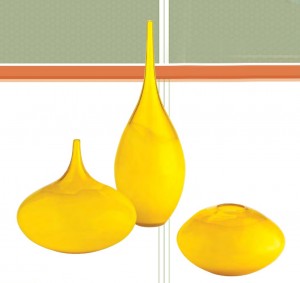
When placing accessories on an end table, it’s much more appealing to have a tall lamp, a medium sized floral, and a small photo frame.
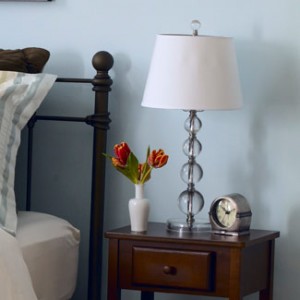
You may not have attributed this to an algebraic equation, but that’s what’s happening in your brain. You should feel smarter now for knowing this! You will definitely be smarter now when you accessorize your home.
Class dismissed!

